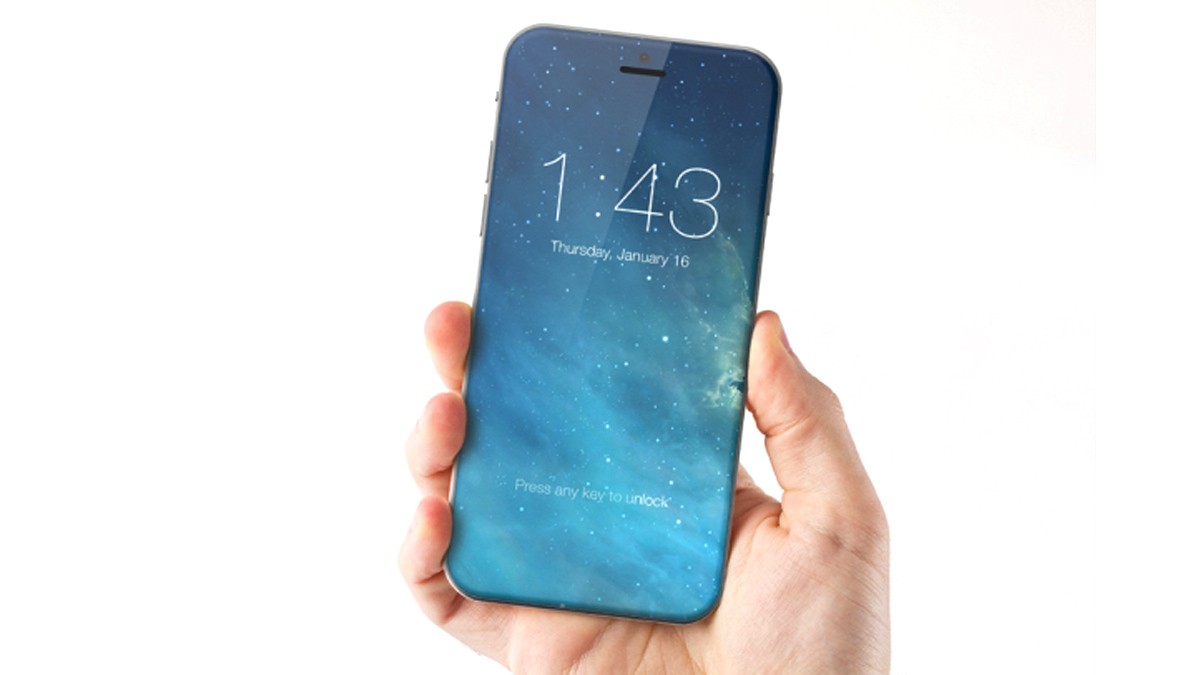A new report has emerged online, suggesting that Apple is in talks with two of its most prominent rivals in the mobile industry, LG and Samsung, asking them to develop flexible OLED displays for its 2017 smartphone, the iPhone 8.
The device’s release date might be taking place in three and a half years from today, though the making initiates right after the launch of the iPhone 7S – expected to debut in September of 2017-. Hence, the Cupertino giant has been already setting up a deal with the two front-running names of South Korea in consumer electronics, Samsung and LG, for a new display.
Up until today’s iPhone, the 6S, Apple has been incorporating LCD panels, but, evidently, its plans will be allegedly shifting towards OLED ones. According to the Korean Electronics Times, the two companies will be ramping up their production of flexible OLED displays over the course of the next two to three years, thus meeting Apple’s required amount.
More specifically, this procedure will set LG and Samsung back 5 trillion Korean won ($12.8 billion), that way expanding the respective production branch to a sufficient degree, in favor of the deal with the US colossus.
In addition to the deal at hand, current provider of Apple’s LCD panels, Japan Display, strives not to be left out of future business, by negotiating its portion of the forthcoming OLED manufacturing. Japanese newspaper Nikkan claims that the display maker will be commencing a prototype production line as early as the spring of 2016.
Moreover, Apple is concurrently doing its own homework on OLED, by setting up a lab in Taiwan for research and development on the particular type of display technology. The staff there is also exploring the potential of a recent innovation, aimed to become a major hit in the industry, dubbed as micro-LED, which features smaller pixels than LCD and LED-backlit displays. Cupertino was granted ownership over a number of patents related to it when LuxVue Technology was acquired in 2014.
Apple has already implemented LED panels in its Apple Watch smartwatch back in April, so the iPhone line-up won’t be the first one in the company’s ecosystem to sport the said technology.


